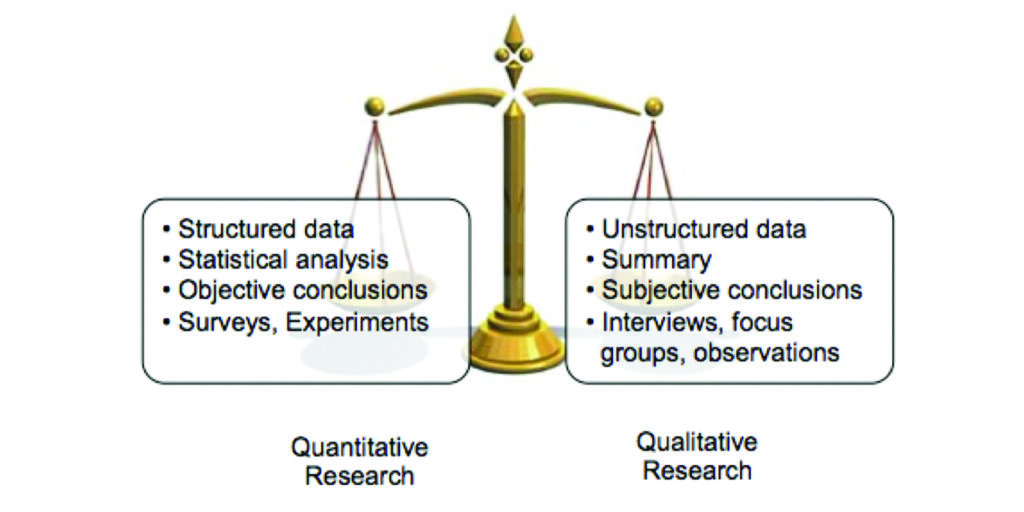The “Procurement Manager of the Future” will have his or her fate decided by the quality and success of the decisions they make in sourcing, purchasing, and vendor management, thereby making the skill set of decision-making a high priority in achieving capability and prowess.
The process of becoming a better decision-maker is to build a strong foundational mindset built on confidence, information, and an understanding of human behavior, topics that were covered in part one of this two-part series in the June issue.
In this article, we discuss the final three components of good decision-making: the value of developing and practicing a robust level of emotional intelligence (EQ), taking a balanced approach to quantitative and qualitative analytical and operational proficiency, and conquering fear.
Robust Emotional Intelligence (EQ)
EQ is best defined as the capacity to be aware of, control, and express one’s emotions, and to handle interpersonal relationships judiciously and empathetically. Emotional intelligence is the key to both personal and professional success as it aids in better decision-making.
EQ is the distinguishing factor that determines whether we make lemonade when life hands us lemons or whether we spend our life in bitterness. EQ is the distinguishing factor that enables us to have wholesome, warm relationships or limits us to cold, distant ones. EQ is the distinguishing factor between finding and living our life’s passions or just existing.
In the business world, I believe that EQ is the major difference between mediocre managers and leaders and great ones. In the business world, however, so much of our emphasis has been placed on intellect. It has all been on IQ and the analytical, factual, and measured reasoning power that IQ represents. Make no mistake; intellect has proven invaluable to drive success in business and life. Financial decisions based on analytical details, sound strategies based on facts and data, and processes and procedures based on review and analysis are all critically important. However, experts agree that EQ also connects to better decision-making when a robust intuition is part of a person’s make-up.
There are numerous examples of behavior demonstrating a high EQ. Review the list below to get an understanding of the meaning and impact of emotional intelligence, and test your own EQ.
• Understanding that the job is not just thinking and doing, but to get others to think and do.
• Seeing yourself realistically and getting others to be more honest with themselves and with
the world.
• Getting others to be their very best.
• Learning the relationship between thinking
and acting, imagining and creating, believing and living.
• Recognizing that everything is connected directly and indirectly.
• Being able to connect the dots to conclusion, and remembering that everything eventually needs closure and that the timing of this is critical.
• Understanding that articulation often separates the good from the best.
• Recognizing that perception is very often reality, and knowing when it is not.
• Learning how and why people behave the way they do; studying human nature.
• Seeing the big picture while also paying attention to vital details.
• Learning to focus.
• Recognizing that health is everything — physical and emotional.
• Learning to command, yet be respectful.
• Listening well.
• Understanding that business is business and that personal is personal; learning to know when they are the same and when they are different.
EQ is both an innate and learned behavior and character trait of individuals. If one wants to make better decisions, leading to more favored results, strategically developing your EQ can provide a necessary tool for success.
Understanding Quantitative and Qualitative Analysis
Quantitative analysis is based upon the utilization of a scientific, fact-based process, utilizing data, mathematics, algorithms and strong business protocols.

Qualitative analysis is more emotionally based, where sensibilities, feelings and experience are guiding factors.
Experienced businesspeople, academicians and professional negotiators will often dictate that hard data typically trumps emotion.
In straightforward comparison, I would agree with that conclusion. However, there are time and situations that warrant a more emotionally and experienced-based approach. Those situations may be far and few in-between, but they do exist.
We must be able to discern in every situation what is our best approach.
In the best of circumstances, there is a combination of both quantitative and qualitative analysis working in tandem that will produce the very best results.
We must know how to apply both strategies, to what extent, in what circumstance and in what set of conditions.
Fear
Fear plays a role in decision-making, often guided by a part of our physical brain called the amygdala, defined as follows:
The amygdala is one of two almond-shaped clusters of nuclei located deep and medially within the temporal lobes of the brain’s cerebrum in complex vertebrates, including humans. Shown to perform a primary role in the processing of memory, decision making, and emotional responses (including fear, anxiety, and aggression), the amygdalae are considered part of the limbic system.
The amygdala is often referred to as the “Fight or Flight” response organ. The fear of making a bad decision often results in no decision being made or making one emanating from stress, which are both likely to produce unfavorable results.
This means that we need to control the degree in which “fear” influences how we think, process and behave.
Excessive anxiety and fear can be roadblocks to successful decision-making and need to be kept under control.
Not an easy task for most of us. But just like confidence-building, training, preparation, and robust information flow will reduce the stress of fear and allow for a more sensible, logical and better-informed process of how we make decisions.
Summary
In growing the skill set of procurement managers – our own or those of our staff – the focus is largely on the technical training: sourcing, planning, inventory management, and IT. Somewhat unique to the role of procurement is the constant need to weigh inputs and make sound decisions. Therefore, the development of a skill set of decision-making skills must be a priority as it is key to achieving capability and prowess.
The process of becoming a better decision-maker is to recognize the mindset required to achieve confidence and capability, along with believing and practicing the value of a robust level of emotional intelligence.
The benefits, accolades and success stories will mount up over time, leading to an established career and future leadership roles in the organizations that profit from your service. AMN














